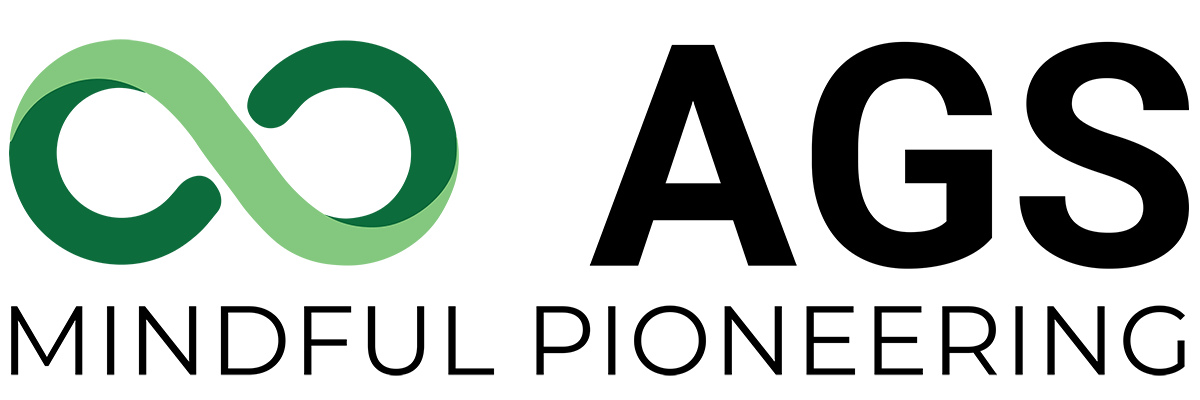Beyond PFAS: Eliminating Toxic Treatments

Jon Cojin
In the pursuit of sustainability, the textile industry faces a critical challenge: eliminating toxic treatments that are harmful to both people and the planet. While much attention has been given to per- and polyfluoroalkyl substances (PFAS), there are other equally concerning chemicals such as aniline and siloxane that demand our scrutiny. Addressing these substances is not just about environmental stewardship; it’s about safeguarding the health of workers, wearers, and our ecosystems.
The Hidden Dangers of Aniline and Siloxane
Aniline, a chemical used in the dyeing process, is notorious for its toxic properties. It is a known carcinogen and can cause significant harm to aquatic life. When textile products treated with aniline are washed, the chemical can leach into waterways, posing serious environmental risks.
Siloxane, often used in textile finishes to provide softness and water resistance, presents another set of challenges. Certain types of siloxanes, such as D4 and D5, are persistent in the environment and can accumulate in living organisms. These chemicals have been linked to endocrine disruption and reproductive toxicity in wildlife.
Sustainability: A Holistic Approach
Sustainability in textiles goes beyond the elimination of specific harmful substances; it encompasses the entire lifecycle of the product, from production to disposal. The values of sustainability—protecting human health, preserving ecosystems, and ensuring long-term economic viability—must be at the core of textile manufacturing. Here’s how focusing on sustainable materials benefits everyone involved:
- Protecting Workers: Textile workers are often the first to be exposed to toxic chemicals. By eliminating harmful substances like aniline and siloxane, we can significantly reduce health risks for these individuals, ensuring safer working conditions and promoting overall well-being.
- Benefiting Wearers: Consumers are increasingly aware of the health implications of the products they use. Textiles free from toxic treatments are safer for direct skin contact, reducing the risk of allergic reactions, skin irritations, and long-term health issues.
- Preserving the Environment: Sustainable textile practices help minimize pollution, reduce chemical runoff into waterways, and prevent long-term ecological damage. This is crucial for maintaining biodiversity and the health of our planet’s ecosystems.

Transitioning to sustainable textile practices requires a concerted effort from all stakeholders—manufacturers, consumers, policymakers, and certification bodies.
Certification Bodies: Accelerating the Transition
Certification bodies play a crucial role in driving the textile industry towards sustainability by setting stringent standards and ensuring compliance. Organizations like that of Global Organic Textile Standard (GOTS) and Zero Discharge of Hazardous Chemicals (ZDHC) are at the forefront of this movement.
These certification bodies not only provide guidelines and standards but also actively work with manufacturers to implement sustainable practices. By obtaining certifications from GOTS and ZDHC, companies can demonstrate their commitment to sustainability and drive industry-wide change.
Performance Without Compromise
A common misconception is that sustainable textiles compromise on performance. However, advancements in textile technology have debunked this myth. Here are some examples:
- Natural Fibers: Materials like organic cotton, hemp, and bamboo are naturally soft, durable, and have excellent breathability. They require fewer chemical treatments compared to synthetic fibers, making them an eco-friendly choice without sacrificing comfort or functionality.
- Eco-friendly Treatments: Innovations in textile chemistry have led to the development of non-toxic, biodegradable treatments that provide water resistance, stain repellence, and durability. For instance, wax-based or plant-oil finishes offer excellent performance without harmful environmental impacts.
- Recycled Materials: Fabrics made from recycled materials, such as polyester from plastic bottles, are proving to be just as durable and functional as their virgin counterparts. However, it is crucial to ensure that these recycled materials are free from toxins like BPA (Bisphenol A), which can be present in plastics. Rigorous testing and validation processes are necessary to confirm the absence of such harmful chemicals, ensuring the safety and sustainability of recycled textiles.
The Path Forward
Transitioning to sustainable textile practices requires a concerted effort from all stakeholders—manufacturers, consumers, policymakers, and certification bodies. Here are key steps to facilitate this transition:
- Innovation and Research: Investing in research to develop and scale up sustainable textile technologies is crucial. This includes finding alternatives to harmful chemicals and improving the properties of natural and recycled fibers.
- Education and Awareness: Educating consumers about the benefits of sustainable textiles can drive demand for safer products. Transparency in labeling and certification can help consumers make informed choices.
- Regulatory Support: Governments and regulatory bodies must enforce stricter controls on the use of toxic chemicals in textiles. Policies that incentivize sustainable practices and penalize harmful ones can accelerate industry-wide change.
- Industry Collaboration: Collaboration among industry players can lead to shared best practices and innovations. Industry-wide standards for sustainability can help unify efforts and ensure consistency in textile production.
Eliminating toxic textile treatments like aniline and siloxane is not just a matter of environmental urgency; it’s a critical step towards a healthier, more sustainable future for the textile industry.
Related Articles
Related
Turning Strategy Into Action
In today’s textile industry, success requires more than a good idea—it demands execution, agility, and alignment across every stage of the value chain. That’s where AGS consulting comes in. We offer tailored, real-world support that connects strategy with action,...
Raising The Standard For Moisture Management
With consumers demanding functionality throughout their daily wardrobe, the need to deliver reliable moisture management performance has quickly become a necessity for textiles. Most wicking finishes quietly tap out when faced with a challenge. BIOPURE MM1 (Ultra...
Embracing Plant-Based Innovation
Demand for sustainable, plant-based technologies continues to rise steadily across the textile industry. While many anticipated a rapid shift to sustainable materials during COVID, markets don’t typically change overnight. Instead, we’re seeing a steady increase in...
Join
